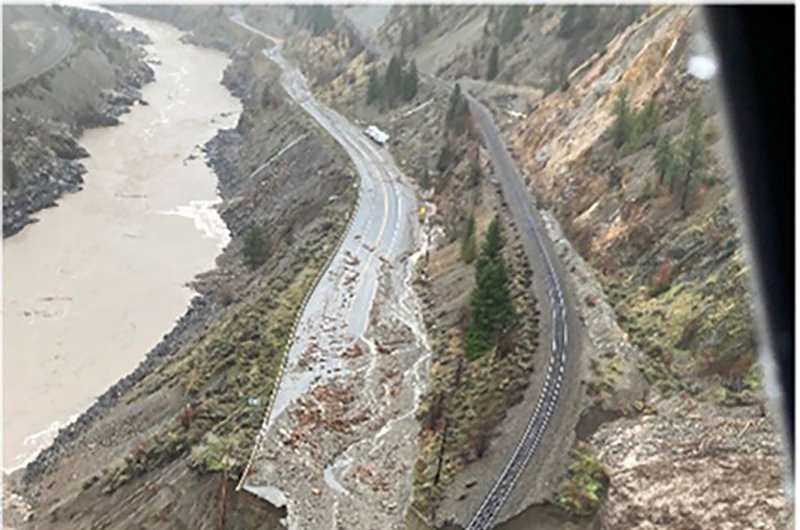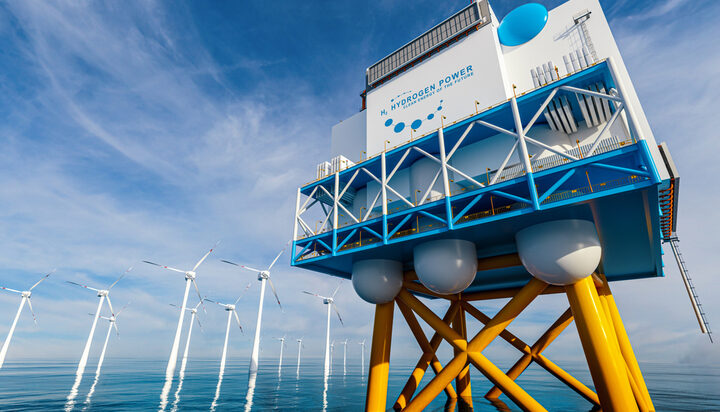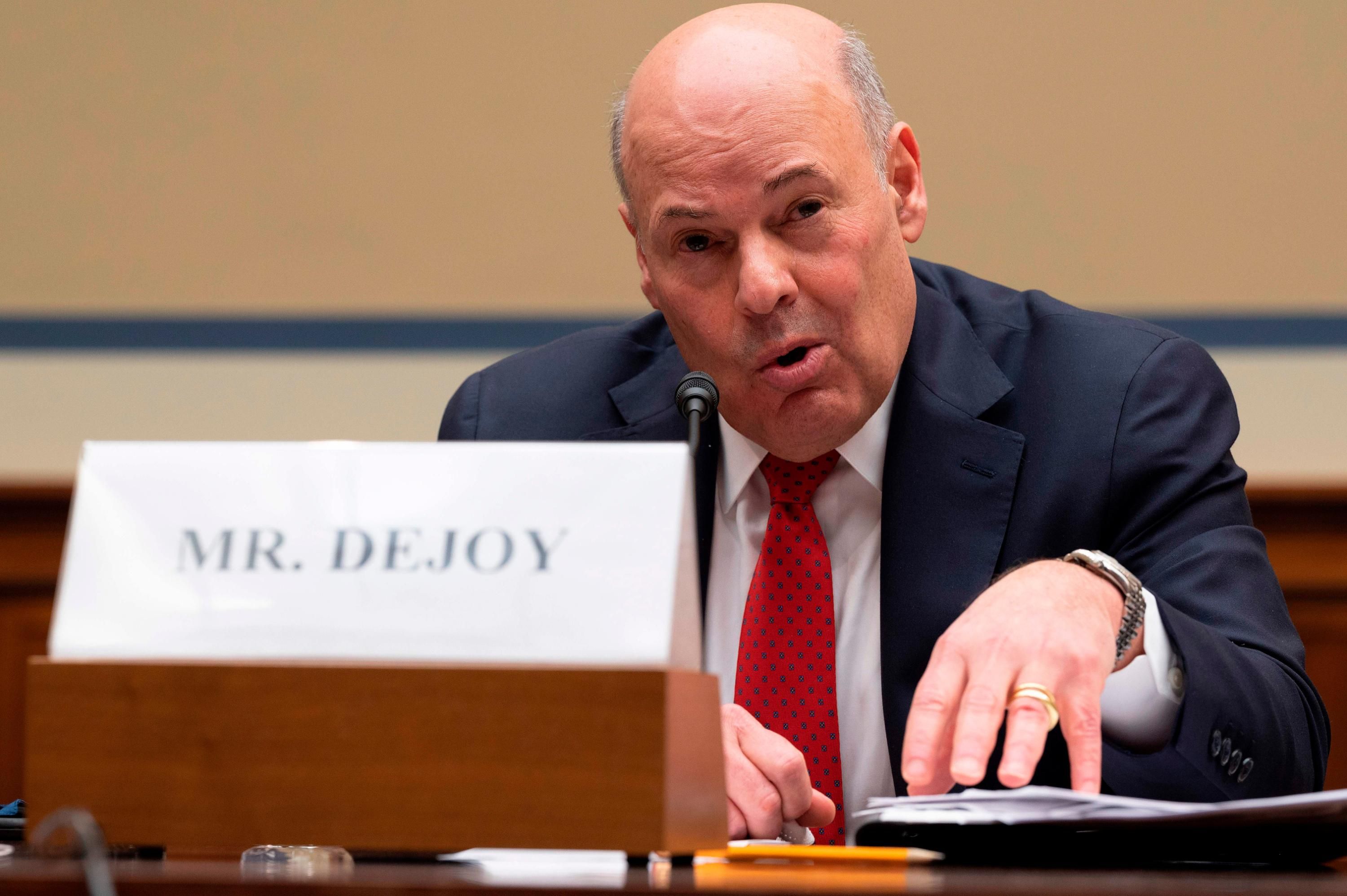
An aerial photo shows damage from flooding on a highway in British Columbia, Canada.
Nov. 20 (UPI) -- The death toll from torrential rains, flooding and mudslides in Canada's westernmost province, British Columbia, has risen to four people.
The bodies of three men were recovered from a mudslide on Duffy Lake Road, federal police confirmed Saturday, bringing the death toll to four after a woman's body was also recovered on Monday.
One of the male bodies was recovered on Wednesday and two more were recovered on Thursday, according to a statement from Lisa Lapointe, British Columbia's chief coroner.
Lapointe added that a forensic team also tried to locate a fifth missing person Friday, who they were unable to, the Vancouver Sun reported.
"Despite incredibly challenging conditions, the dedication and teamwork demonstrated by everyone involved in the search are a testament to the professionalism of each organization, and I wish to recognize the significant efforts of our partners throughout this difficult time," Lapointe said. "I also extend my heartfelt condolences to the families who are now grieving the sudden and unexpected death of their loved one, and to the family of the missing person we have so far been unable to locate."
Other roads impacted by the landslides this week included Coquihalla, and Highway 7, where 275 people were trapped in their vehicles between two slides before a helicopter rescue.
Premier John Horgan declared a state of emergency Wednesday, explaining in a press conference that the once-in-a-500-year natural disaster has devastated entire communities, forced thousands to evacuate, and road closures and mudslides stranded others.
The extreme weather also impacted supply chains.
The state of emergency was expected to last at least two weeks to help with rebuilding.
Prime Minister Justin Trudeau said Thursday military personnel were deployed to assist in the rescue and rebuilding efforts.














